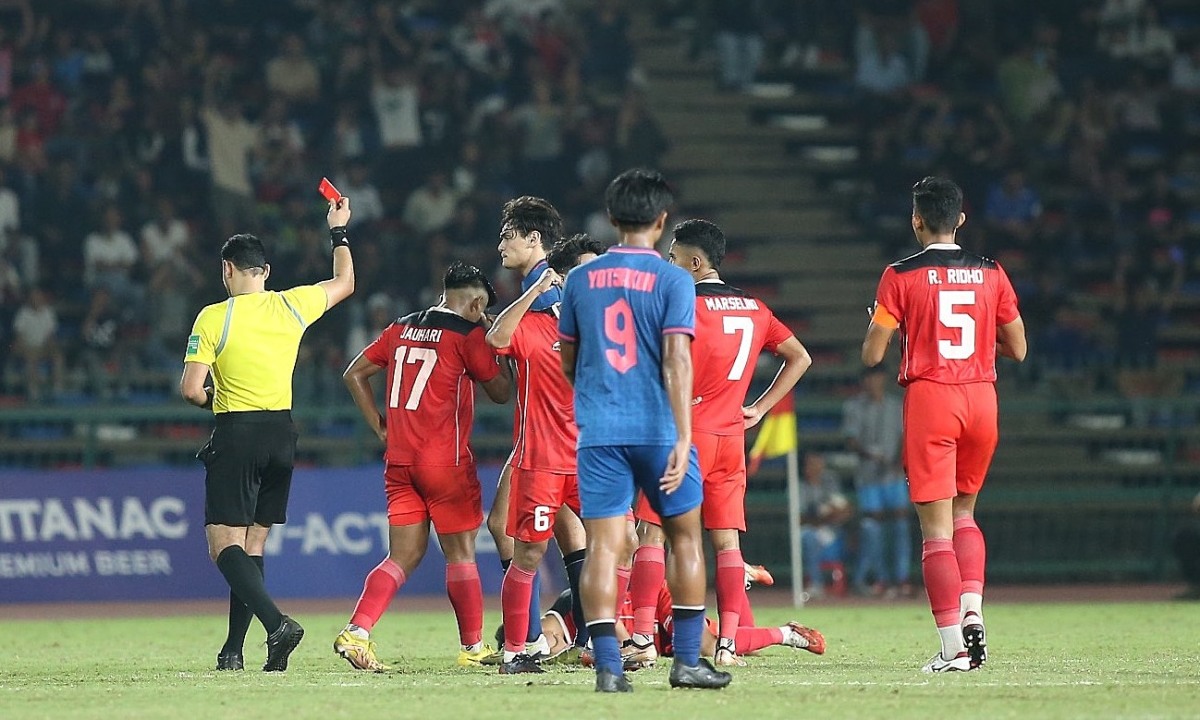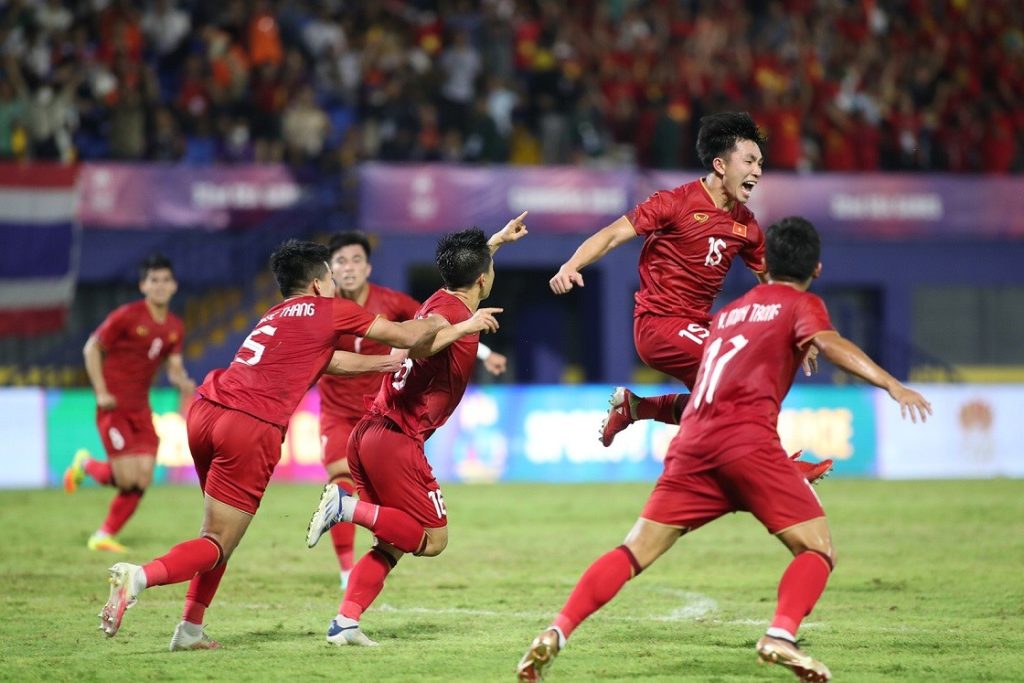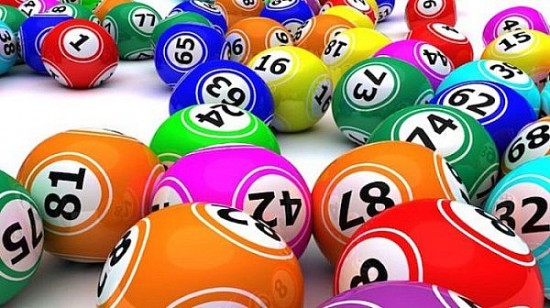Every two years, athletes from eleven countries in Southeast Asia come together to compete in the Southeast Asian Games, also known as Seagame. This multi-sport event has been held since 1959 and is organized by the Southeast Asian Games Federation (SEAGF). With a history of over six decades, Seagame has become one of the biggest sporting events in the region, attracting millions of spectators and producing some of the best athletes in the world.
In this article, we will take an in-depth look at Seagame 32, which is set to be held in November 2021 in Hanoi, Vietnam. We will explore the history of Seagame, the sports featured in the event, and what to expect from this year’s competition. So, sit back, relax, and let’s dive into the world of Seagame 32!
History of Seagame
The Beginning of Seagame
The idea of a multi-sport event for Southeast Asian countries was first proposed by Thailand’s Prime Minister, Field Marshal Sarit Thanarat, in 1958. He suggested that such an event could promote friendship, solidarity, and understanding among the people of Southeast Asia. His proposal was welcomed by other Southeast Asian countries, and in 1959, the first Seagame was held in Bangkok, Thailand.
During the first edition of Seagame, only six countries participated, namely Thailand, Burma (now Myanmar), Laos, South Vietnam, Malaya (now Malaysia), and Singapore. The games featured only 12 sports, including athletics, basketball, boxing, football, and volleyball. The host country, Thailand, dominated the medal tally, winning a total of 48 gold medals.

Thailand’s Prime Minister, Field Marshal Sarit Thanarat, initially suggested the concept of a multi-sport event for Southeast Asian nations in 1958
Growth and Changes Over the Years
As the years went by, Seagame continued to grow, with more countries and sports being added to the event. In 1977, Brunei joined the event, making it a seven-country competition. The Philippines also participated for the first time, while Burma did not compete due to political reasons. During this edition of Seagame, the number of sports increased to 16, including new additions such as lawn tennis, table tennis, and sepak takraw.
In 1981, Indonesia hosted the games for the first time and saw a record-breaking number of participants, with 1,840 athletes from nine countries competing in 22 sports. This edition also introduced women’s events for the first time, such as gymnastics, swimming, and archery. Over the years, more countries joined Seagame 32, including Cambodia, Vietnam, Laos, and East Timor, making it the largest multi-sport event in Southeast Asia.
Evolution of Seagame
Over the years, Seagame has undergone several changes and transformations, aiming to make it a world-class sporting event. One significant change was made in 1975 when the SEAGF decided to hold the games every two years instead of four. This decision was made to avoid clashing with the Olympics and other major sporting events.
Another significant change came in 2003 when the SEAGF introduced the concept of “host rotation.” Under this system, each country takes turns hosting the games, ensuring that every member country gets the opportunity to organize the event. The host country has the freedom to choose the sports that will be featured in the games, with a limit of 40 sports per edition.
With the rise of technology and social media, Seagame has also adapted to stay relevant and engaging. In 2019, the official hashtag WeWinAsOne was launched to promote unity among participating nations. The use of virtual reality (VR) and augmented reality (AR) during the opening ceremony has also become a tradition, providing an immersive experience for both spectators and athletes.
Sports Featured in Seagame
Seagame is known for its diverse range of sports, featuring both traditional and modern events. As mentioned earlier, the host country has the freedom to choose which sports will be included in the games, with a limit of 40 sports. However, some sports are considered core sports and must be featured in every edition of Seagame. These include athletics, aquatics (swimming and diving), basketball, boxing, football, and volleyball.

The host nation has the liberty to select up to 40 sports for inclusion in the games
Aside from the core sports, each edition of Seagame features different sports, making it unique and exciting every time. Here are some of the sports that have been featured in Seagame over the years:
Sepak Takraw
Sepak takraw, also known as kick volleyball, is one of the most popular sports in Southeast Asia. It is a traditional sport that originated in Malaysia and is a cross between volleyball and football. In this game, players use their feet, knees, chest, and head to pass the ball over the net without using their hands. The sport has been featured in every edition of Seagame since 1965 and is always a crowd favorite.
Arnis
Arnis is a form of martial arts that originated in the Philippines. It involves the use of sticks, knives, and other weapons for offense and defense. This sport has been part of Seagame since 2005 and has gained popularity over the years. In the 2019 edition of Seagame, the host country, the Philippines, dominated the medal tally for arnis, winning 14 out of 20 gold medals.
E-Sports
With the rise of technology and online gaming, e-sports was introduced in the 2019 edition of Seagame 32. This event featured six different games, including Mobile Legends: Bang Bang, Arena of Valor, and Dota 2. E-sports was a huge success, attracting millions of viewership and sparking discussions about whether it should be included in future editions of Seagame.
Floorball
Floorball is a type of indoor hockey that originated in Sweden. It is played with a plastic ball and sticks and has gained popularity in Southeast Asia in recent years. The sport made its debut in Seagame during the 2015 edition in Singapore and has been featured ever since. In the 2019 edition, Thailand won the gold medal for both men’s and women’s floorball.
What to Expect from Seagame 32
Seagame 32 is set to be held from November 21 to December 2, 2021, in Hanoi, Vietnam. This will be the second time that Vietnam will host Seagame 32, with the first one being in 2003. The games were originally scheduled to take place in November 2020, but due to the COVID-19 pandemic, they had to be postponed.
The theme for Seagame 32 is “Rising Together,” emphasizing the spirit of solidarity and unity among Southeast Asian countries. The event will feature over 500 events in 40 different sports, with more than 10,000 athletes and team officials expected to participate. Here are some of the highlights and things to expect from Seagame 32:

Traditional and Unique Events
As always, Seagame 32 will feature a mix of traditional and unique events. Some of the traditional events include athletics, aquatics, football, basketball, and volleyball, while unique events such as pencak silat, vovinam, and jujitsu will also be featured. Vietnam, being the host country, will also showcase its national martial art, “Vo Co Truyen,” which has been included in the games for the first time.
Strong Contenders
In every edition of Seagame 32, there are always countries that dominate the medal tally. In the 2019 edition, the Philippines topped the list with a total of 149 gold medals, followed by Vietnam and Thailand. As the host country, Vietnam is expected to perform well once again and challenge for the top spot in the medal tally. Thailand, Malaysia, Indonesia, and the Philippines are also considered strong contenders for the overall title.
COVID-19 Precautions
As the world continues to battle the COVID-19 pandemic, strict safety measures will be put in place for Seagame 32. The SEAGF has announced that all athletes and team officials must be fully vaccinated before participating in the games. There will also be regular testing and health screenings during the event, and spectators will have to follow strict physical distancing guidelines.
Conclusion
Seagame has come a long way since its humble beginnings in 1959. What started as a small sporting event between six Southeast Asian countries has now become a multi-sport extravaganza, showcasing the best athletes from eleven nations. With each edition, Seagame 32 continues to evolve and adapt, staying true to its purpose of promoting friendship and solidarity among Southeast Asian countries.
As we look forward to Seagame 32, we can expect to witness some of the most exciting and unique sporting events, along with traditional favorites. We can also expect to see moments of sportsmanship, unity, and friendship among athletes from different countries, reminding us that sports have the power to bring people together. So, let’s gear up for Seagame 32 and celebrate this wonderful event that celebrates the spirit of Southeast Asia.








